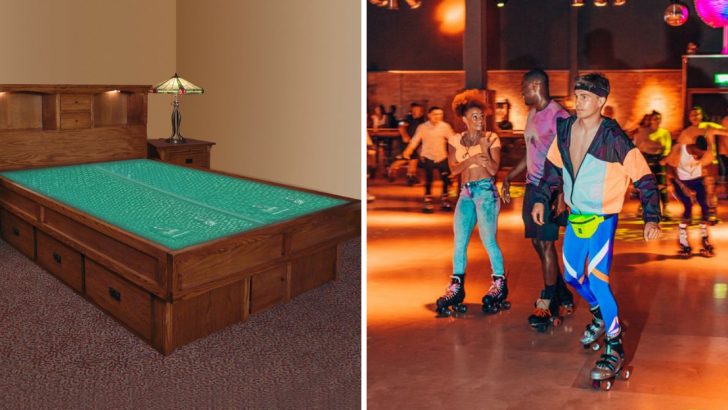The 1970s was a decade of bold experimentation and unique cultural expressions. From disco music to bell-bottom jeans, the era was characterized by a spirit of freedom and innovation that permeated every aspect of life. While many of these trends were embraced and celebrated at the time, they might seem outrageous or even bizarre by today’s standards.
This post explores twelve such trends that defined the ’70s but would likely raise eyebrows in the modern world. These once-popular phenomena serve as a fascinating snapshot of a time when social norms were being pushed and boundaries were being redefined.
1. Platform Shoes
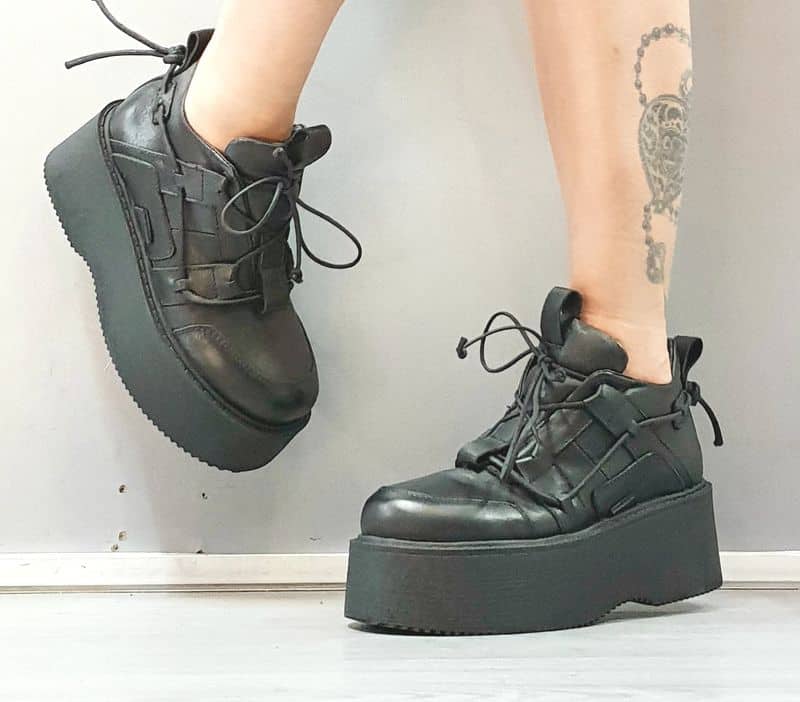
Platform shoes were a staple in 1970s fashion, offering an extra boost in height and style. These shoes featured soles that ranged from a few inches to several inches thick, often adorned with bright colors and bold patterns. They were a hit in disco clubs, where the extra height added an element of flair to the dance floor. Today, such exaggerated footwear might seem impractical and even hazardous, but they were the epitome of ’70s chic. One could say these shoes symbolized the era’s penchant for standing out and making a statement.
2. Mood Rings
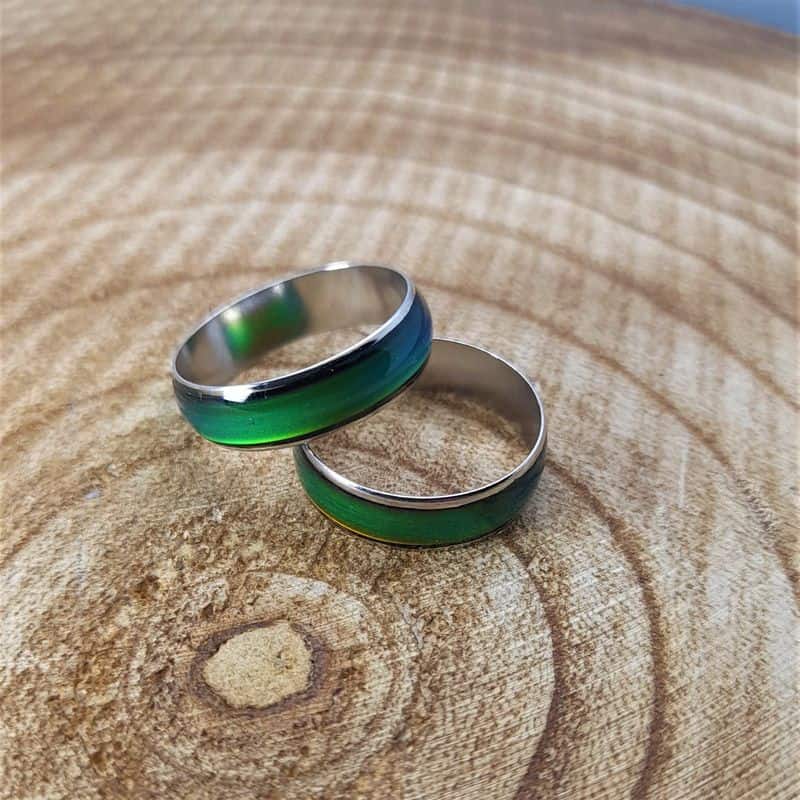
Mood rings, a popular trend in the 1970s, were simple yet captivating pieces of jewelry. These rings contained a thermochromic element that changed colors based on body temperature, supposedly revealing the wearer’s emotional state. While scientifically questionable, mood rings were all the rage and often sparked conversations about feelings and moods. Today, they might be seen as a quirky novelty item rather than a serious accessory. They capture the era’s fascination with self-expression and the human psyche, offering a tangible way to ‘wear your heart on your sleeve.’
3. Leisure Suits
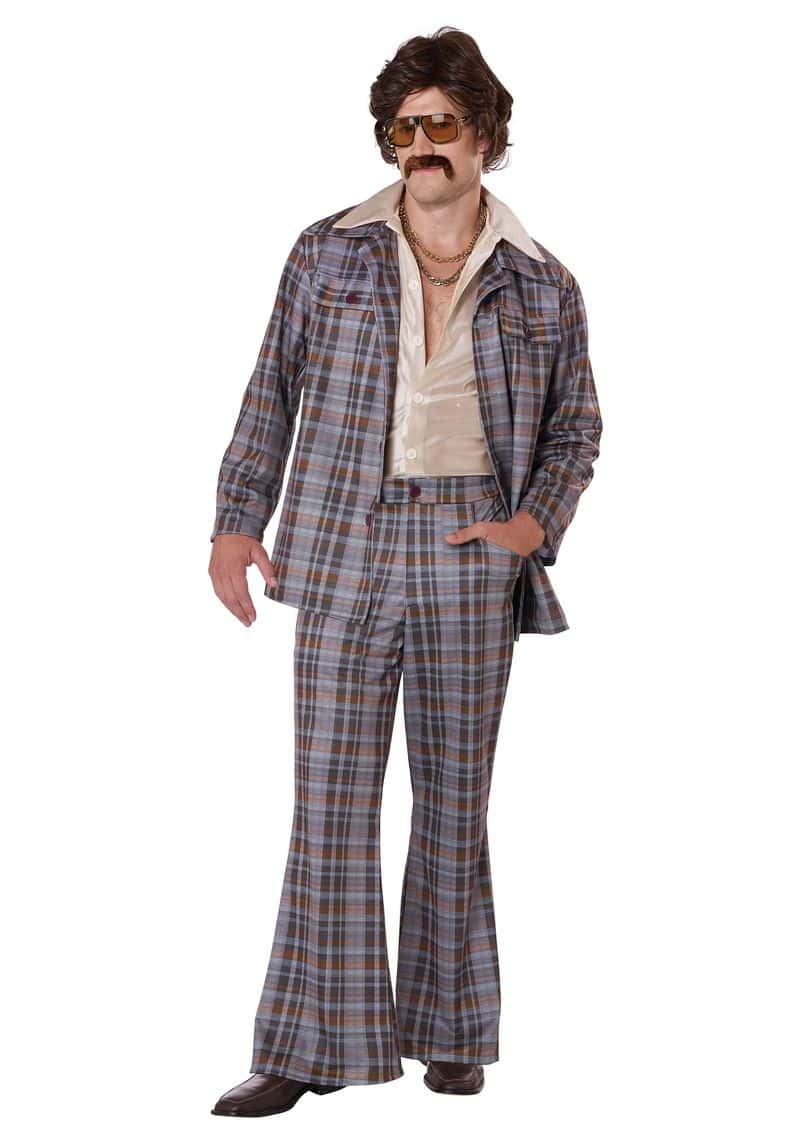
Leisure suits epitomized the casual, yet trendy style of the 1970s. Often made from polyester, these suits featured wide lapels, bold colors, and matching trousers. They were designed for comfort and ease, allowing men to look stylish without the stiffness of traditional suits. Today, leisure suits might be viewed as an amusing relic of the past, with their shiny fabric and relaxed fit seeming out of place in modern fashion. However, they perfectly reflect the decade’s laid-back approach to style and life, making them a memorable icon of ’70s culture.
4. Disco Music
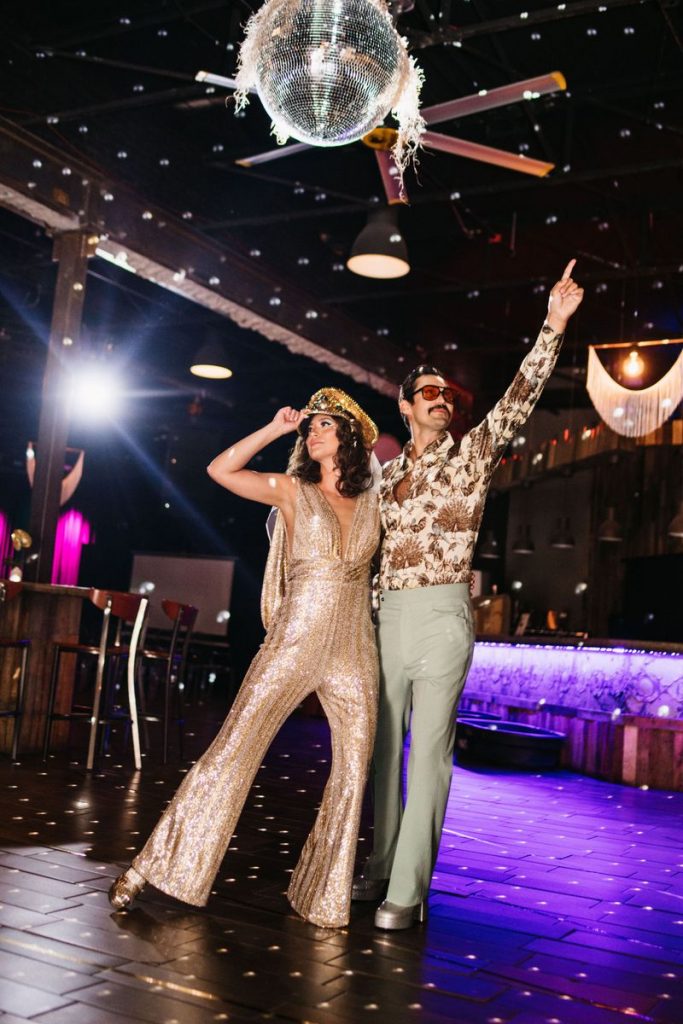
Disco music ruled the airwaves and dance floors during the late 1970s. Characterized by a steady four-on-the-floor beat, lush orchestral arrangements, and soulful vocals, disco offered an irresistible invitation to dance. Clubs were packed with enthusiasts dressed in flashy outfits, all grooving to the infectious rhythm. While disco has influenced various music genres today, the all-encompassing disco fever of the ’70s would be quite the spectacle in today’s diverse musical landscape. Its legacy endures, but its dominance might seem overwhelming to contemporary audiences who enjoy a wider array of musical styles.
5. Waterbeds
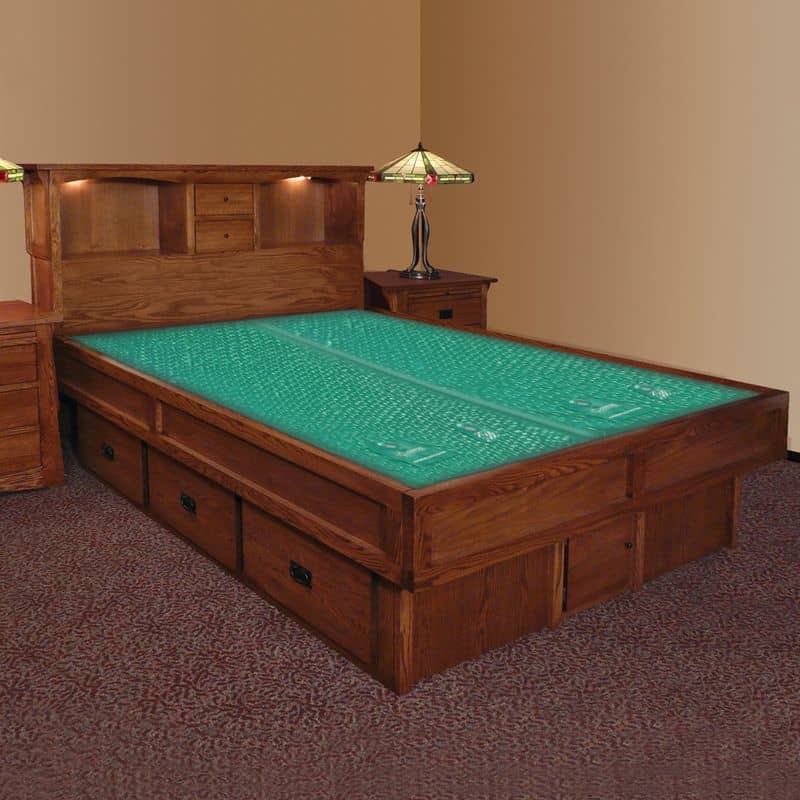
In the 1970s, waterbeds became a trendy addition to many homes. These beds, filled with water, promised ultimate comfort and a unique sleep experience. They were often associated with a luxurious lifestyle and were a hit among young couples and singles alike. However, maintenance issues and the potential for leaks made them less practical over time. Today, the idea of sleeping on a water-filled mattress might seem bizarre or uncomfortable, yet they symbolize a time when innovation in home design was embraced with enthusiasm. Despite their decline, waterbeds remain a nostalgic reminder of ’70s experimentation.
6. Pet Rocks
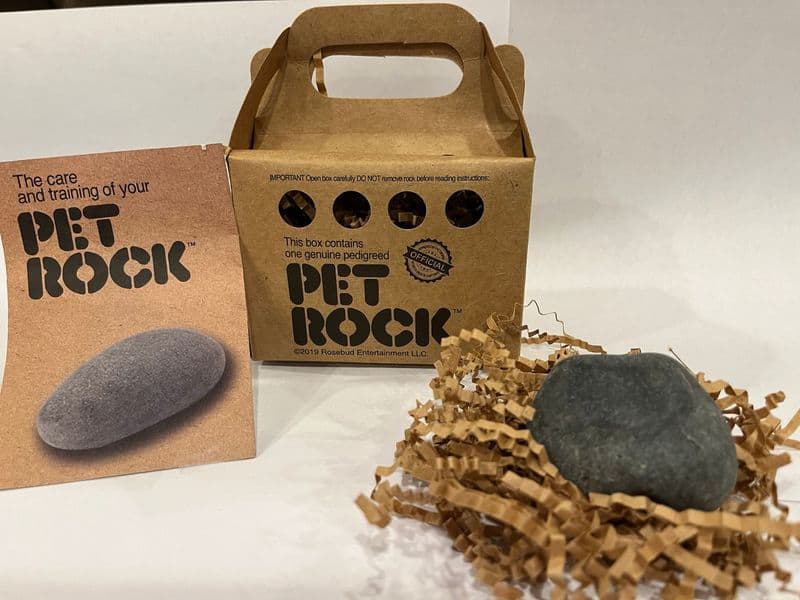
Perhaps one of the quirkiest trends of the 1970s, pet rocks were sold as low-maintenance companions. These ordinary rocks came packaged in a cardboard box with breathing holes, complete with a tongue-in-cheek training manual. While the fad was short-lived, it captured the playful and humorous spirit of the time. In today’s world, the idea of purchasing a rock as a pet might seem absurd. However, it highlights the era’s ability to find joy and amusement in the simplest of things, turning a mundane object into a cultural phenomenon that brought smiles to many faces.
7. Bell-Bottom Jeans
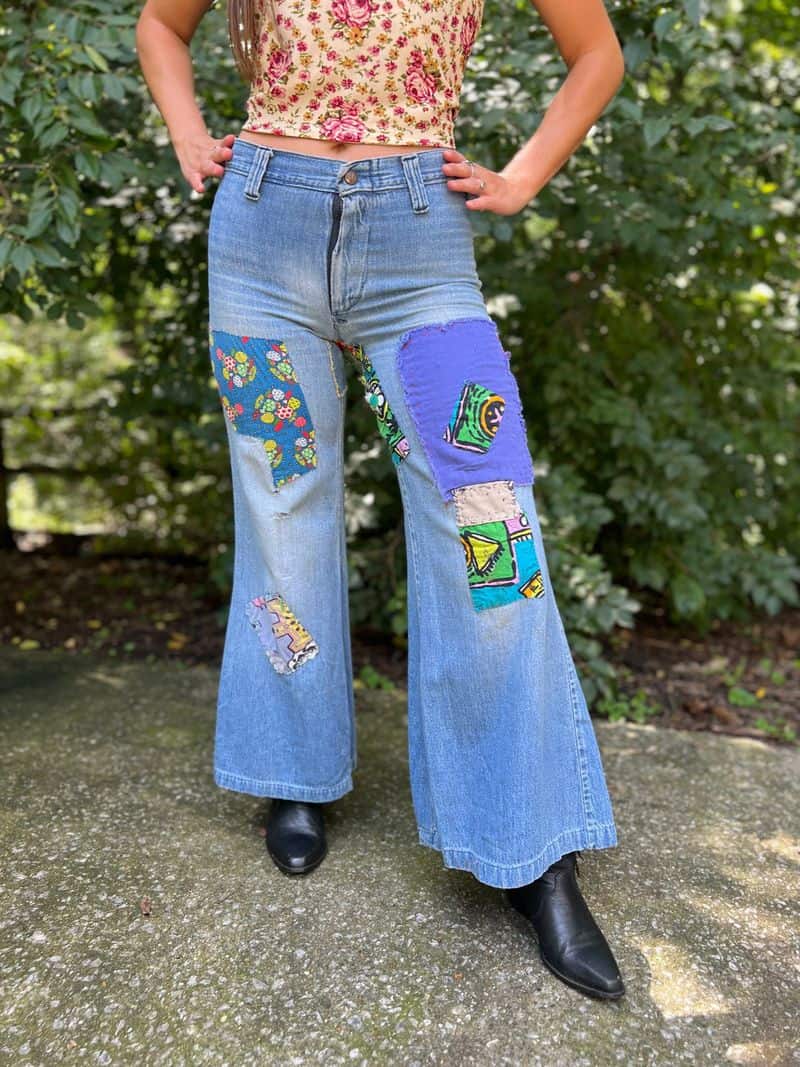
Bell-bottom jeans, with their distinctive flared legs, became a defining fashion statement of the 1970s. These jeans were popular among both men and women, symbolizing freedom and rebellion against conventional style. The exaggerated flare added a dramatic touch to the silhouette, making it a favorite among the youth. Today, while flared jeans have made a modest comeback, the extreme bell-bottoms of the ’70s might be viewed as excessive. They remind us of a time when fashion was about breaking boundaries and expressing individuality, even if it meant challenging the norms of the day.
8. Fondue Parties
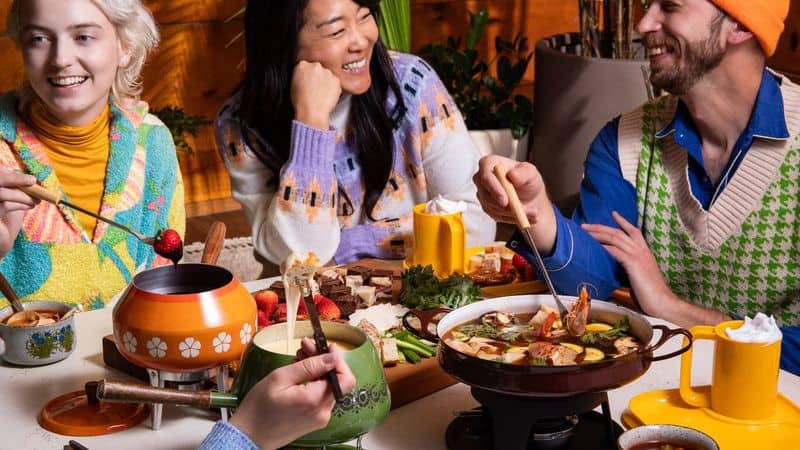
Fondue parties were a social staple in the 1970s, bringing people together over pots of melted cheese or chocolate. The communal nature of fondue made it perfect for gatherings, encouraging interaction and conversation. Guests would dip bread, vegetables, or fruit into the warm, gooey mixture, creating a shared culinary experience. While fondue is still enjoyed today, the enthusiasm for fondue parties as a must-do social event might seem over-the-top. They reflect a time when hosting and entertaining were cherished arts, and food was as much about the experience as it was about taste.
9. Streaking
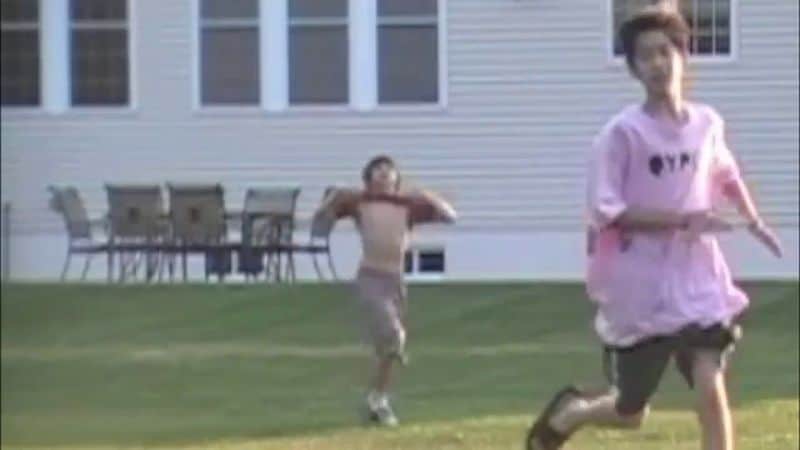
Streaking, the act of running naked in a public place, became a daring fad in the 1970s. Often occurring at college campuses or during major events, streaking was seen as a form of rebellion and freedom. Participants embraced the thrill and shock value, making headlines and sometimes even facing legal consequences. Today, streaking would likely be met with less amusement and more concern for public decency laws. It captures the daring spirit of the ’70s, when pushing social boundaries was celebrated, but might be considered outrageous or inappropriate in today’s society.
10. Feathered Hair
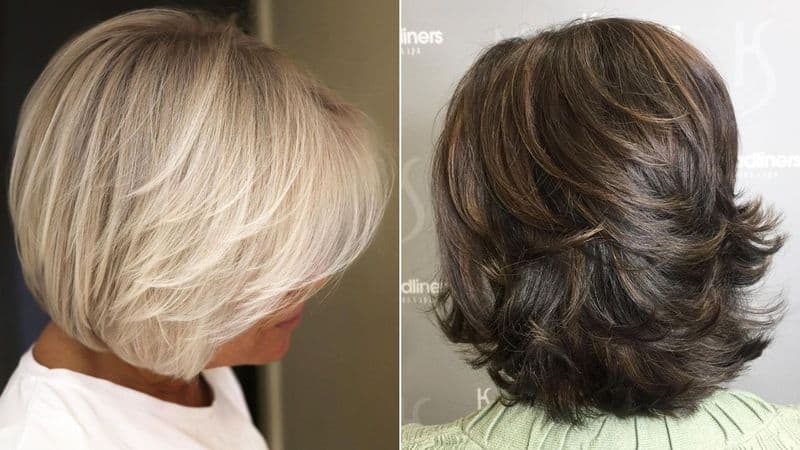
Feathered hair, with its soft, layered appearance, became a popular hairstyle in the 1970s. Inspired by celebrities like Farrah Fawcett, this look involved cutting hair into layers and blow-drying it away from the face to create a feather-like effect. The style was considered glamorous and chic, capturing the carefree attitude of the era. While modern hairstyling trends favor more natural or undone looks, the highly styled feathered hair might seem overly elaborate today. It remains an iconic symbol of ’70s beauty, reflecting an era when personal style was bold and daring.
11. Roller Disco
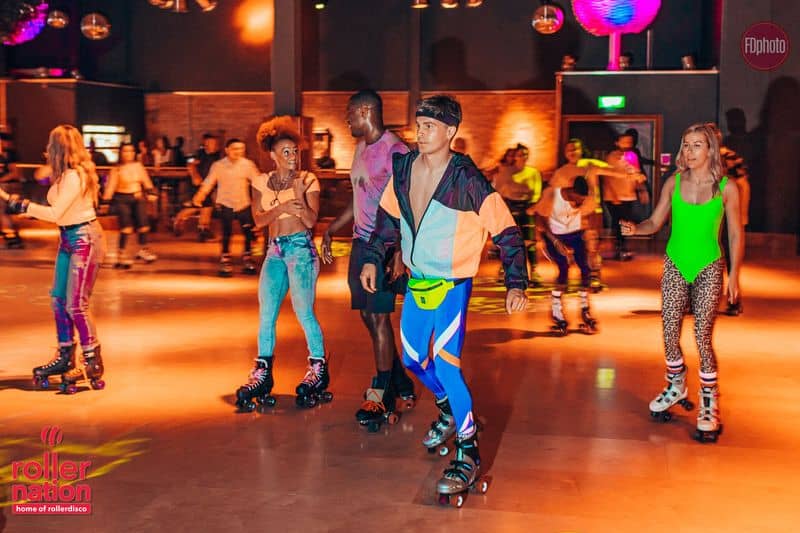
Roller disco combined the thrill of roller skating with the vibrant energy of disco music. Popular in the late 1970s, roller discos were lively events where people showcased their skating skills while grooving to disco beats. The combination of movement, music, and flashy attire made it a unique social experience. Today, while roller skating has seen a resurgence, the idea of a dedicated roller disco might seem nostalgic rather than mainstream. It highlights the ’70s love for dance and fun, offering a glimpse into a time when letting loose was encouraged and celebrated.
12. Earth Shoes
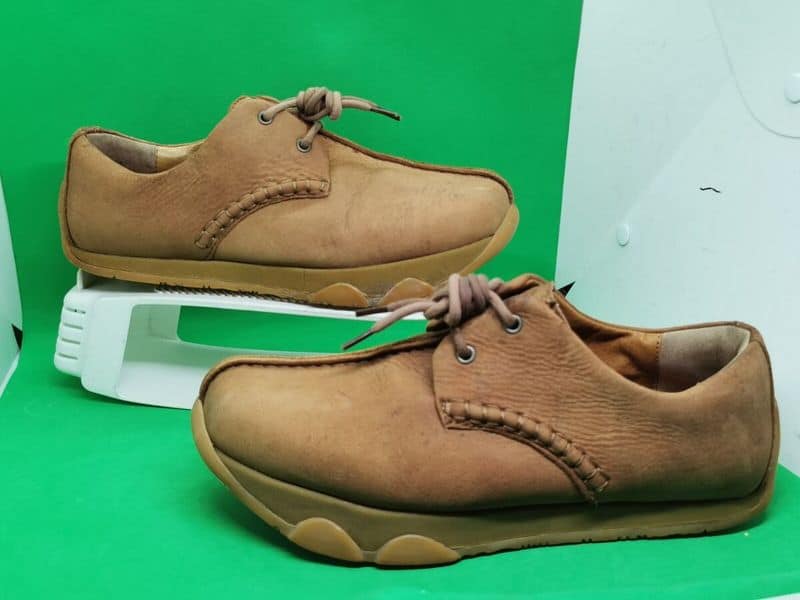
Earth Shoes, with their unconventional negative heel design, gained popularity in the 1970s. The heel was lower than the toe, intended to mimic natural walking and promote better posture. While some praised their comfort, others found them peculiar. Today, such footwear might be viewed as an oddity, overshadowed by modern ergonomic shoe designs. Yet, Earth Shoes reflect a time when health and wellness were becoming focal points in fashion, and innovative ideas were embraced. They serve as a testament to the ’70s willingness to experiment with new concepts, even in footwear.

Well, hello there!
My name is Jennifer. Besides being an orthodontist, I am a mother to 3 playful boys. In this motherhood journey, I can say I will never know everything. That’s why I always strive to read a lot, and that’s why I started writing about all the smithereens I came across so that you can have everything in one place! Enjoy and stay positive; you’ve got this!

